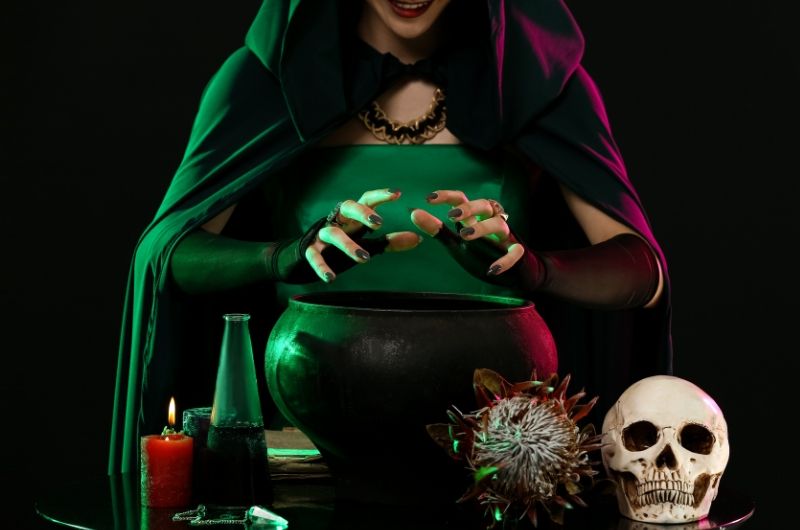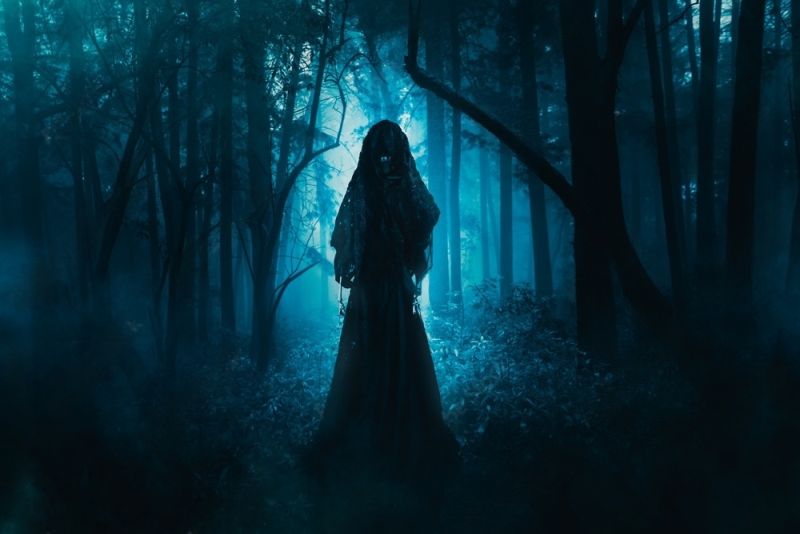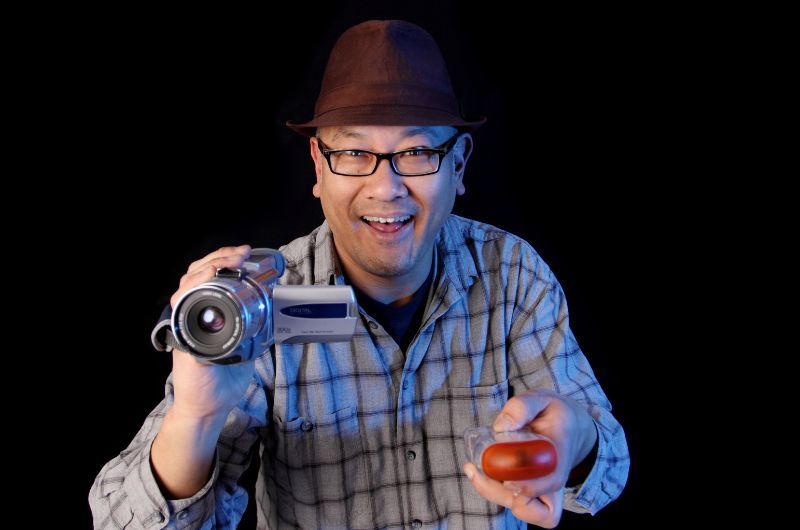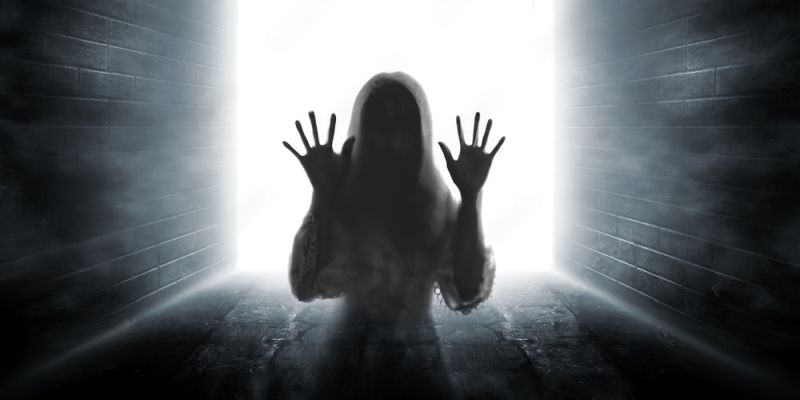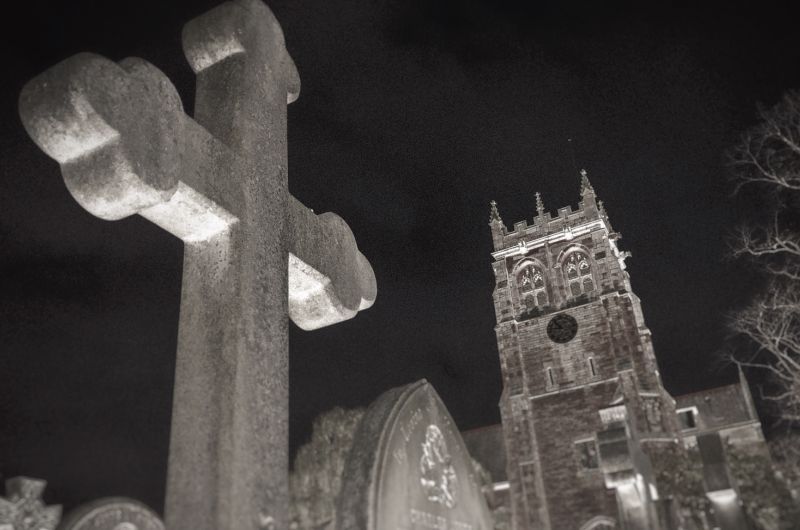
Do Ghosts Really Exist?
The belief in ghosts and apparitions has a long history and fascinates many people. We want to investigate whether ghosts actually exist and what scientific explanations there are for these phenomena.
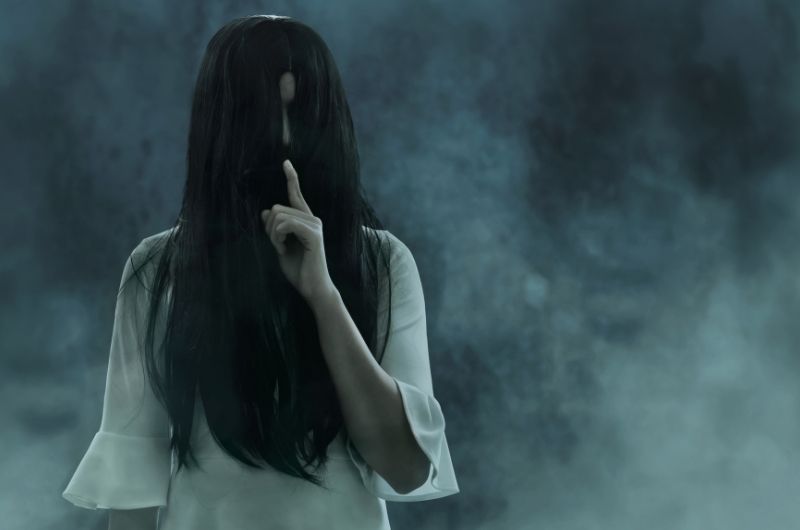
What are ghosts?
Ghosts are considered non-physical entities or energies that continue to exist after death and can interact with the physical world.
They often take on invisible or semi-transparent forms and are associated with different meanings and conceptions in various cultures and religions. The definitions and concepts of ghosts vary depending on cultural background and belief system.
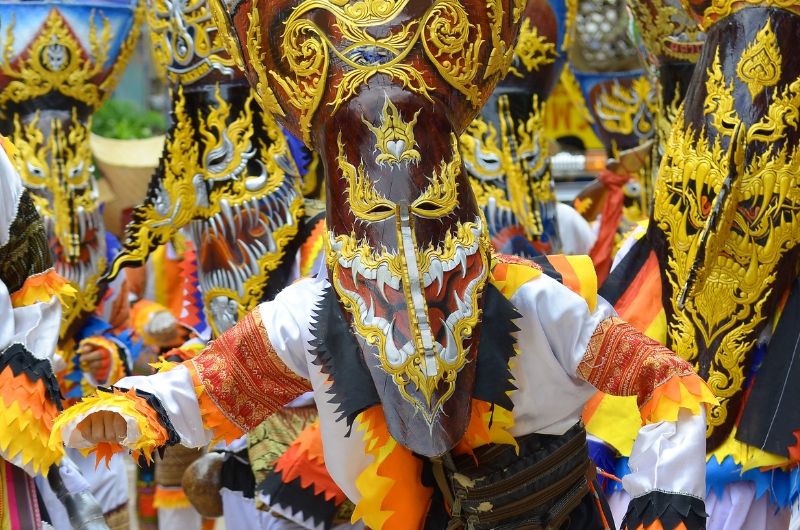
Ghosts in Various Cultures and Religions
The concept of ghosts is closely tied to a society's cultural and religious beliefs. Different parts of the world hold differing concepts and interpretations of ghosts.
Here are some examples from various cultures and religions:
Asia
In Buddhism, there are notions of ghostly beings, such as Hungry Ghosts, who suffer due to their actions in a previous life and seek salvation.
In Shintoism in Japan, there is the idea of Yokai, a variety of ghosts and supernatural beings often described as mischievous or horrifying.
Middle East
In Islam, ghosts are often referred to as Djinn, non-physical beings with free will, capable of interacting with humans and can be both good and evil.
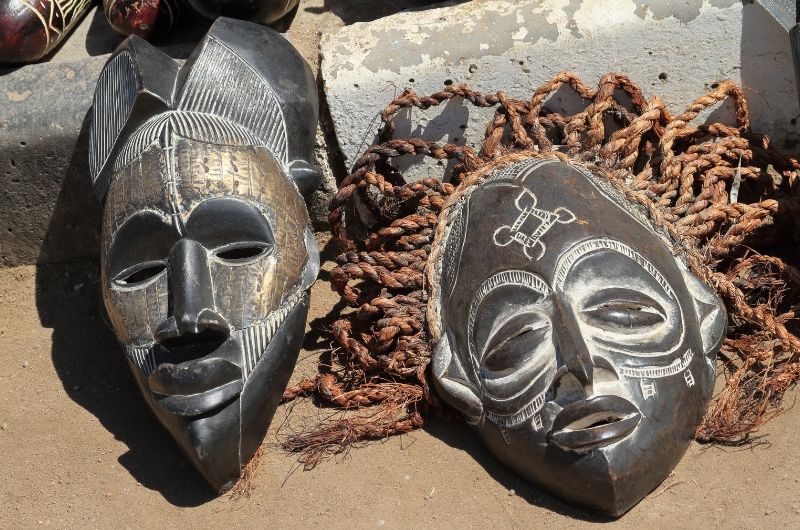
Africa
In many African cultures, there are notions of ancestral spirits, who serve as a connection between the living and the deceased and can be revered or asked for help and protection.
Indigenous Cultures
In the cultures of the indigenous peoples of North America, there are concepts of spirit beings like Trickster figures or guardian spirits, who play an important role in spiritual practices and narratives.
Western Cultures
In Western culture, ghosts are often associated with deceased individuals who continue to exist after death and can interact with the physical world. This is reflected in numerous folk tales, literary works, and films.
These examples show that ghosts have diverse meanings and functions in different cultures and religions. They can be viewed as spiritual entities, ancestral spirits, mischievous creatures, or even manifestations of the unknown.
The understanding and interpretation of ghosts in different cultures and religions give us insight into the layered nature of this phenomenon and the role it plays in their respective societies.
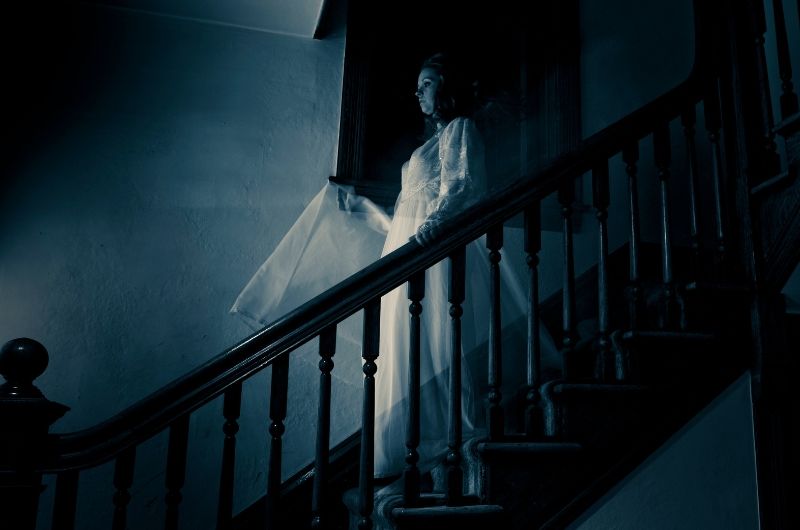
Common Characteristics and Features of Ghost Phenomena
Despite the diverse notions and interpretations of ghosts in different cultures and religions, there are some common characteristics and features associated with ghost phenomena:
Invisibility
Ghosts are often described as non-physical entities that are invisible to the human eye. However, they can sometimes be perceived through other senses, such as feelings of cold, sounds, or the sensation of being watched.
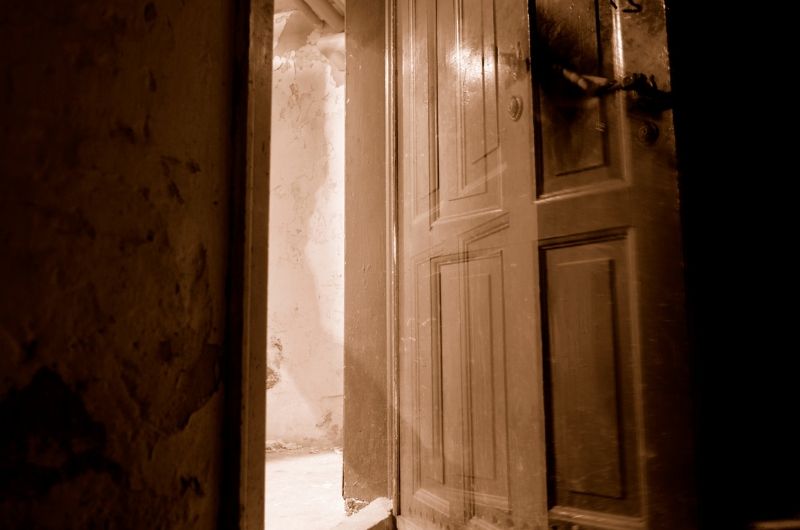
Transparency
Ghosts are frequently described as semi-transparent or translucent, meaning that they have a form but are still partially see-through.
Connection with the Afterlife
Ghosts are often associated with the deceased and are considered manifestations of souls or spirits that continue to exist after death.
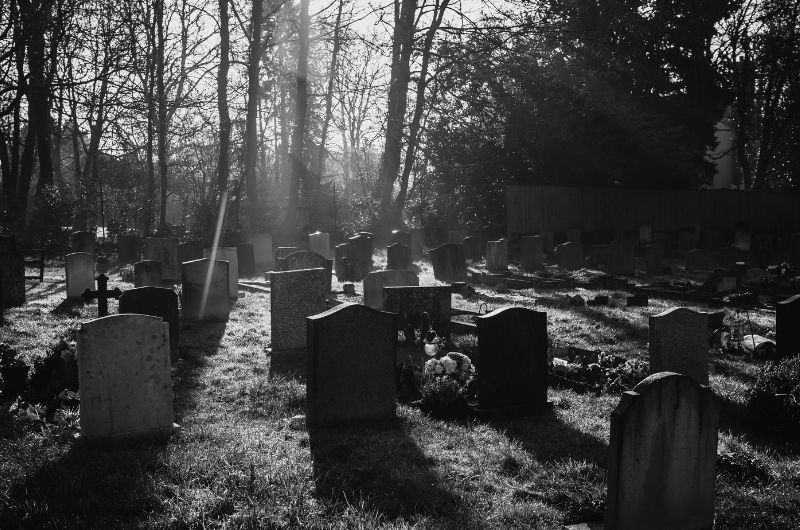
Place based
Ghost phenomena are often associated with specific places, such as old houses, cemeteries, or other sites with a supposedly high spiritual or energetic presence.
Communication
Ghosts are believed to be able to communicate with the living in various ways, be it through sounds, motion phenomena, moving objects, or even through the medium of ghost summoning or channeling.
Emotional Reactions
People who reportedly experience ghost phenomena often report strong emotional reactions such as fear, discomfort, or fascination in the presence of these apparitions.
It's important to note that these characteristics and features of ghost phenomena often rely on subjective experiences and traditions.
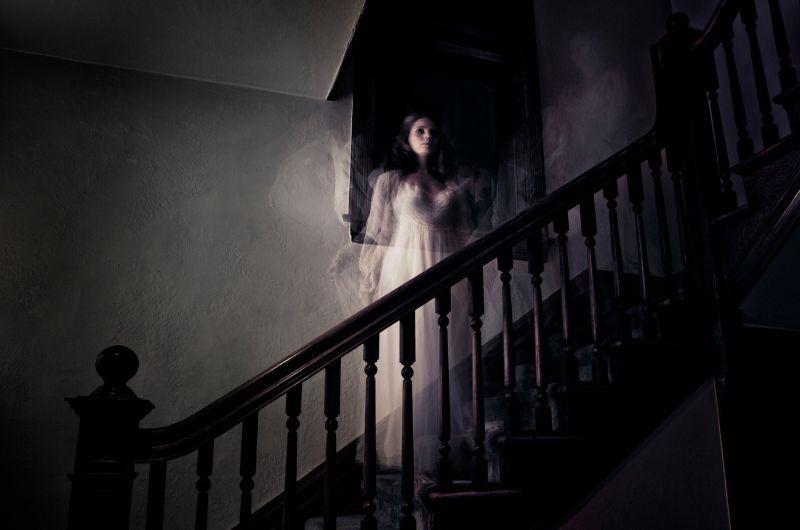
Famous Ghost Apparitions of the Past
Throughout history, there have been numerous reports of alleged ghost apparitions that are still known today and have gained some notoriety. These ghost stories have stimulated people's imagination and found their place in popular culture.
Here are some examples of famous ghost apparitions of the past:
The White Lady in the Tower of London
One of the most famous ghost sightings is the so-called "White Lady" in the Tower of London. It is claimed that the spirit of a woman in a white dress wanders through the corridors of the historic building. Legend has it that her appearance foretells misfortune or even death.
The Brown Lady Photo
The Brown Lady photo is a picture taken in 1936 at Raynham Hall in England. It allegedly shows the ghost of a woman descending the stairs. The photo gained considerable fame and is often regarded as one of the most famous ghost photos.
The Bell Witch
The Bell Witch was an alleged spirit or evil presence that supposedly haunted the Bell family in Tennessee in the early 1800s. The case became one of the most well-known paranormal events in American history and inspired numerous books, movies, and legends.
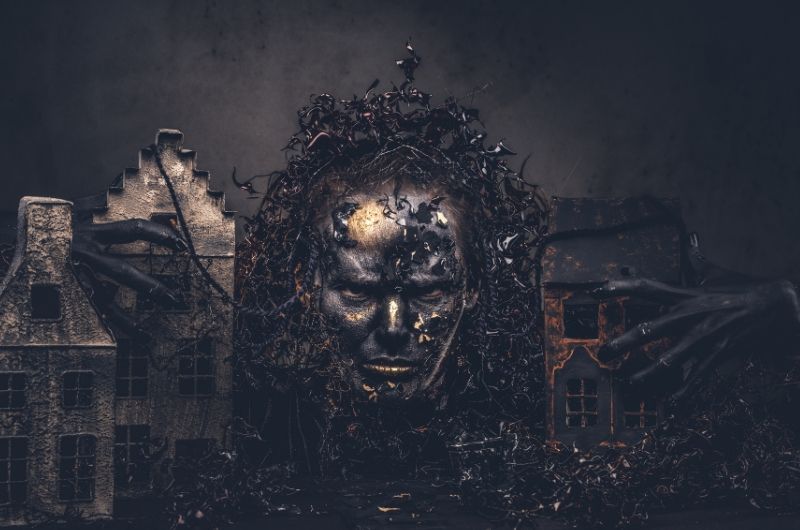
The Amityville Horror House
The Amityville Horror House in the USA is known for its alleged ghostly activities. The story is based on the events that a family claimed to have experienced in the house in 1974. They claimed to have been haunted and terrorized by evil spirits.
The White Lady of Houska Castle
Houska Castle in the Czech Republic is associated with the legend of the White Lady. It is said that the White Lady is a protective spirit that guards the castle against evil forces. Her appearance is seen as a sign of protection.
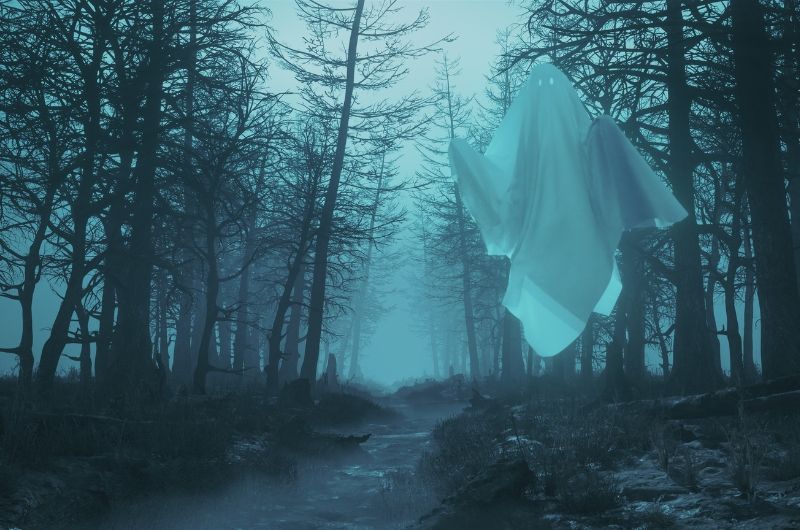
Ghost Apparitions and Haunting Phenomena
Ghost apparitions and haunting phenomena are closely linked and are often considered part of the same phenomenon.
Here are some key aspects and characteristics of these apparitions:

Visual Apparitions
Ghost apparitions often involve the visual perception of ghostly figures or objects. These can be described as shadowy figures, transparent shadows, or even as fully solid apparitions.
Auditory Phenomena
In addition to visual apparitions, ghost sightings are often accompanied by unusual noises. These include footsteps, knocking, voices, or the whispering of names. These sounds can be directly heard or captured through recording devices.
Object Displacement
In some cases, it is claimed that ghosts are capable of moving or manipulating objects. This can include moving furniture, opening or closing doors, objects falling, or lights turning on and off.
Temperature Changes
It is often reported that ghosts are associated with temperature changes. Feelings of cold, sudden cold shivers, or sensing a cold breath are often interpreted as signs of the presence of a ghost.
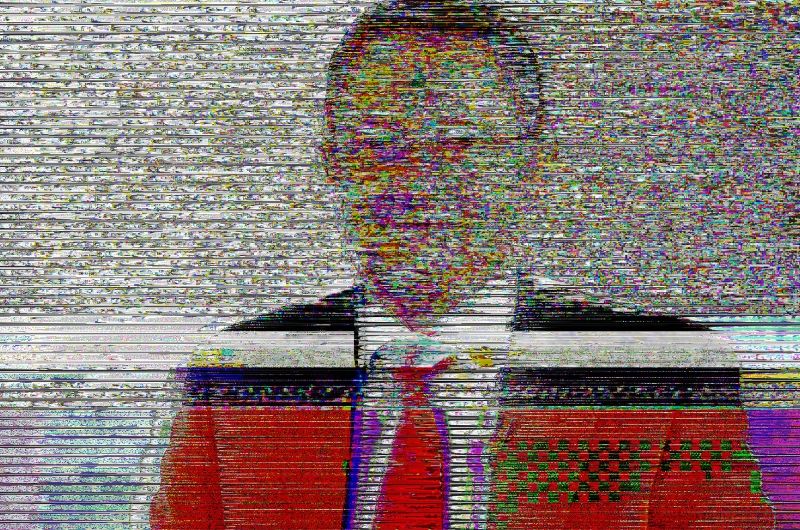
Electronic Disturbances
It is claimed that ghosts can affect electromagnetic fields. This manifests itself in unexplained electronic disturbances such as sudden battery drain, flickering lights, or the triggering of electronic devices without apparent cause.
Temporal Patterns
Haunting phenomena often occur at certain times or at regular intervals. Reports of ghosts always appearing at the same time or being present on certain anniversaries are common.
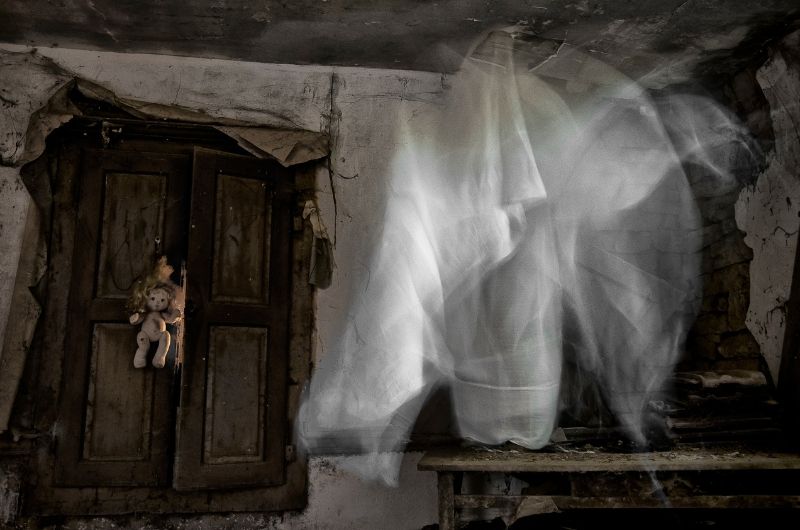
Investigating Paranormal Activities
The investigation of paranormal activities is a multidisciplinary approach that involves studying phenomena such as ghost apparitions, haunting phenomena, and other paranormal events.
Here are some key aspects in investigating paranormal activities:
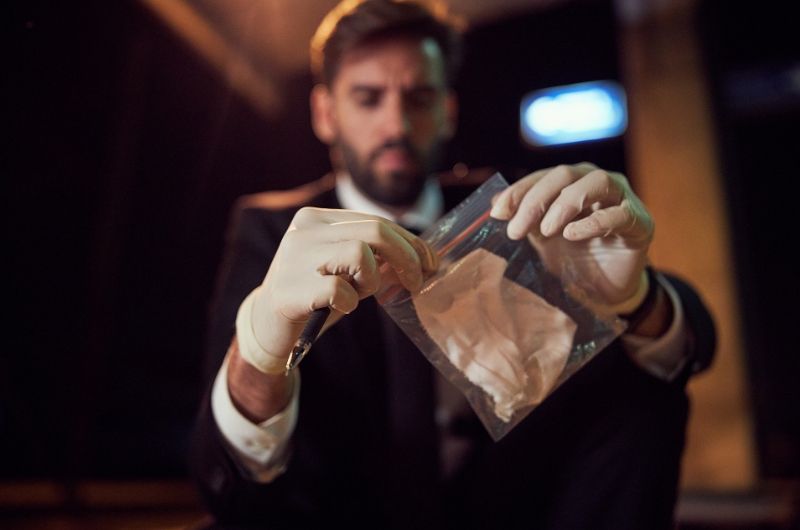
Collecting Evidence
Paranormal investigations often involve the systematic collection of evidence to document the existence or non-existence of paranormal phenomena. This includes photos, videos, sound recordings, and other technical records made during investigations.
Reviewing Reports
Paranormal investigators analyze and review reports of alleged paranormal activities. Witness interviews and personal experiences are carefully examined to find possible natural or psychological explanations.
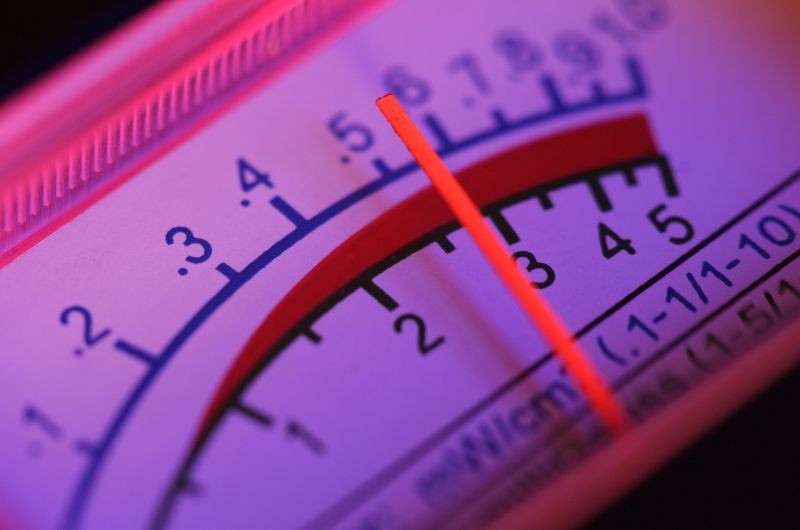
Use of Technology
Technical devices such as EMF meters (Electromagnetic Fields), infrared cameras, motion sensors, and temperature sensors are often used to capture potential anomalies or evidence of paranormal activities.
Experiments and Control Groups
In some paranormal investigations, experiments are conducted to replicate or test certain phenomena. Control groups and double-blind studies are also used to rule out possible misperceptions or influences.

Collaboration with Professionals
Paranormal investigators may collaborate with professionals from various fields, including psychologists, physicists, electrical engineers, and parapsychologists, to investigate and understand various aspects of paranormal activities.
Critical Evaluation and Open Discussion
Paranormal investigations require a critical evaluation of evidence and open discussion about possible explanations. A scientific approach and the inclusion of different perspectives help in drawing informed conclusions.
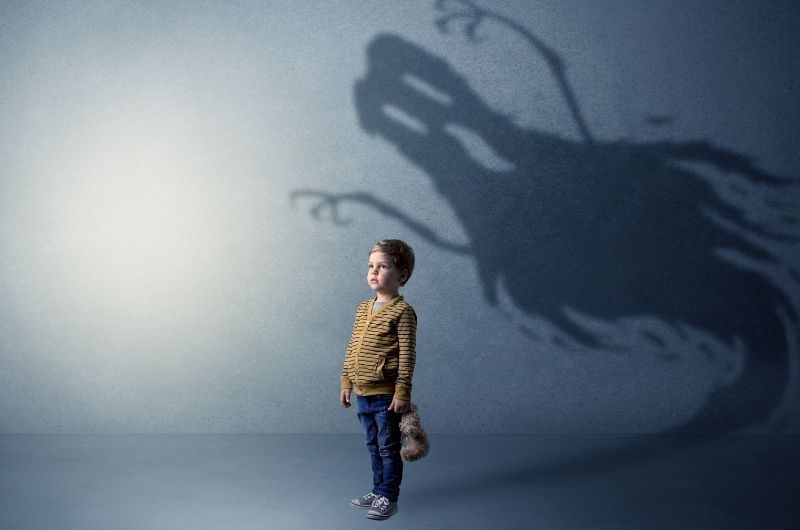
Psychological Explanations
Psychological explanations attempt to attribute paranormal phenomena, including ghost sightings, to psychological factors and processes.
Here are some significant psychological explanations:
Pareidolia and Pattern Recognition
Pareidolia refers to our tendency to recognize familiar patterns in random or vague information. This can lead us to perceive faces, shapes, or figures in diffuse visual stimuli or shadows, which can be interpreted as supposed ghost sightings.
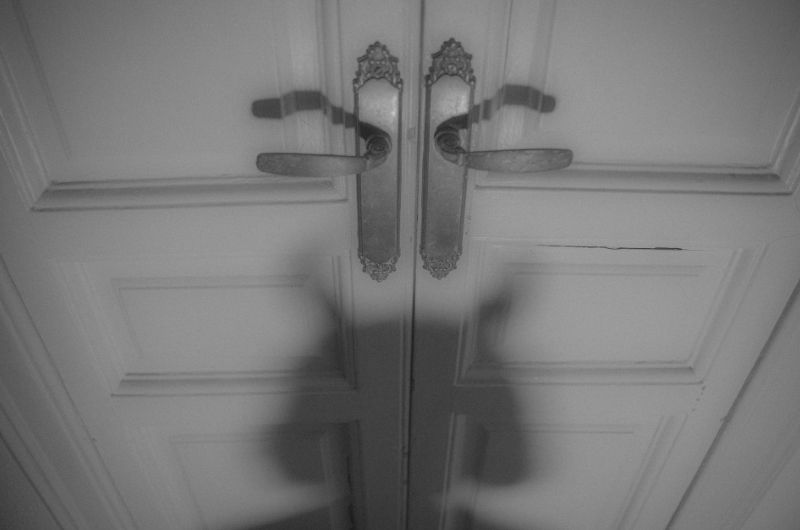
Misinterpretations and Illusions
Our senses are susceptible to misinterpretations and illusions. For example, shadows, light reflections, or acoustic effects can cause us to perceive something unknown or unexplainable, which is interpreted as a paranormal phenomenon.
Effects of Expectations and Beliefs
Our expectations and beliefs in the supernatural can influence our perception. If we are already convinced of the presence of a ghost, our expectations can cause us to interpret apparent clues or signs as confirmation of the existence of a ghost.
Cultural Influences
Cultural influences play a significant role in interpreting paranormal phenomena. Cultural beliefs and notions about ghosts can influence our perception and interpretation of apparent ghost sightings.
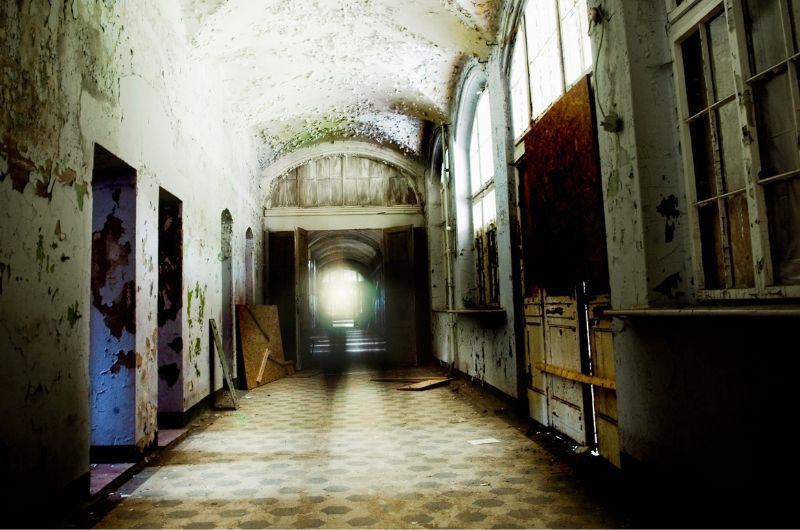
Psychological States and Emotions
Psychological states like fear, stress, or grief can trigger hallucinations or unusual perceptions. In such states, people tend to report paranormal experiences or interpret ghost sightings.
Deception and Fraud
Not all reports of ghost sightings are authentic. Deception, fraud, or the desire for attention can play a part. People can consciously or unconsciously stage events to deceive others or confirm their own beliefs.
Psychological explanations provide alternative views on paranormal phenomena by referring to cognitive, emotional, and cultural factors.
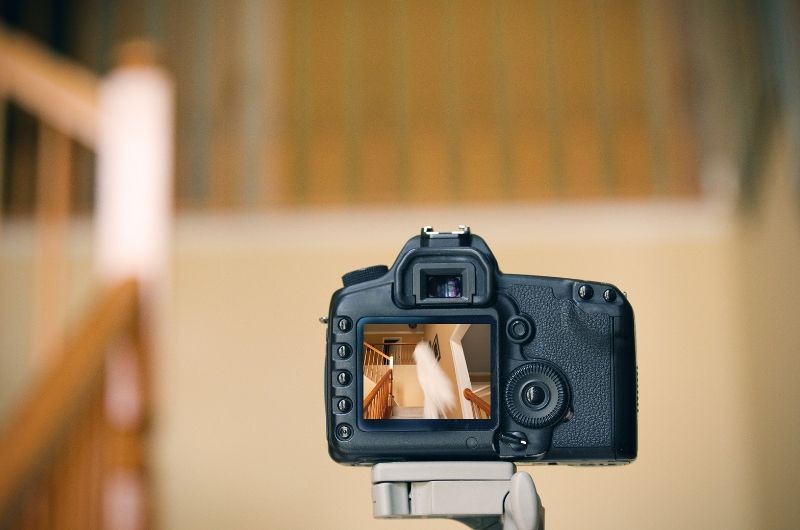
Scientific Investigations into the Existence of Ghosts
Parapsychology and the Search for Ghosts
Parapsychology is a branch of psychology that studies paranormal phenomena, including the existence of ghosts. One of the most well-known parapsychological researchers is Dr. Barry Taff, who worked at UCLA and examined over 4,500 cases (Taff, 2012).
Most of his studies found no solid evidence for the existence of ghosts, but a few cases were classified as unexplainable.

Parapsychological Research and Experiments
Parapsychology is a branch of science that deals with the study of paranormal phenomena, including ghost sightings, telepathy, precognition, and psychokinesis. Parapsychologists conduct experiments to investigate these phenomena.
Here are some key aspects of parapsychological research:
Extrasensory Perception (ESP)
Parapsychologists explore the possibility that humans can perceive information beyond the conventional senses. Experiments in telepathy investigate the transfer of thoughts or information from one person to another without the use of known means of communication.
Precognition
Precognition refers to the purported ability to foresee future events. Parapsychological experiments on precognition investigate whether people can gain information about future events that go beyond rational explanations.
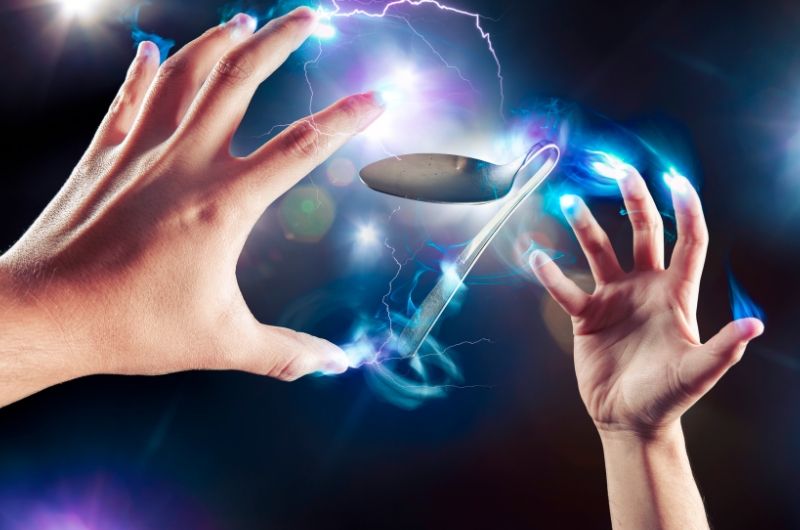
Psychokinesis
Psychokinesis refers to the purported ability to influence material objects by the power of the mind. Parapsychological experiments on psychokinesis aim to find evidence that people can move or influence objects without physical contact.
Holistic Approaches
Parapsychological research often involves holistic approaches, where not only individual phenomena are considered in isolation, but also factors such as personality, attitudes of the test subjects, and the environment are taken into account.
Meta-Analysis
To assess the credibility of paranormal phenomena, meta-analyses are often conducted. They summarize various parapsychological studies and statistically analyze them to examine the cumulative results.
Critics argue that many of the claimed paranormal phenomena are not reproducible or that possible psychological and statistical sources of error need to be considered.
However, there are parapsychological researchers who continue to explore the existence of these phenomena and try to explain them using scientific methods.

Electromagnetic Fields and Ghost Sightings
Some researchers, like Dr. Michael Persinger (Persinger, 1983), have suggested that electromagnetic fields (EMF) might be responsible for ghost sightings.
In experiments, they could use artificially generated EMF to evoke perceptions similar to ghost sightings.
This indicates that natural EMF sources could trigger ghost sightings without actual ghosts being involved.
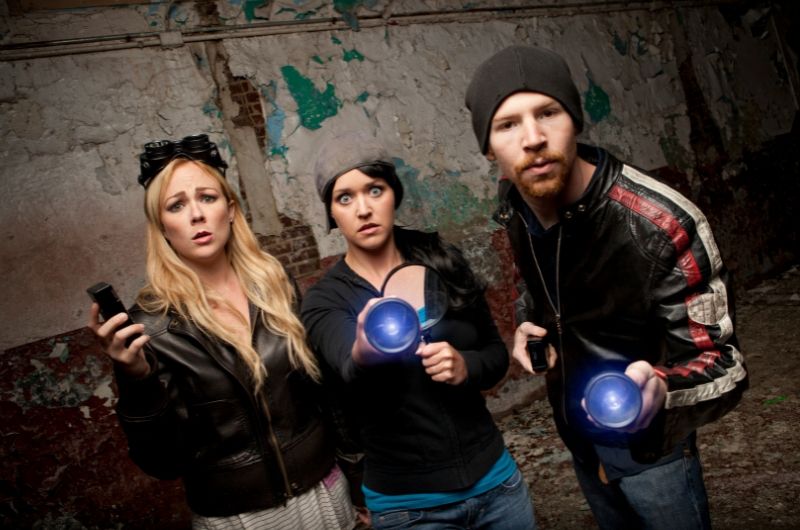
Ghost Hunters and Their Methods
Ghost hunters are individuals or groups that specialize in investigating paranormal activities and documenting possible ghost sightings.
Their methods and techniques can vary depending on individual approaches and beliefs, but here are some commonly used methods:
On-Site Investigations
Ghost hunters conduct on-site investigations to document potentially paranormal activities. They visit locations reported to be haunted by ghosts, employing various tools and techniques to collect evidence.

EVP (Electronic Voice Phenomenon)
Ghost hunters often use audio devices to search for EVPs. EVPs are purported voices or sounds attributed to a paranormal source and can be captured on recordings. Ghost hunters ask questions or encourage the ghosts to communicate through the device, then analyze the recorded audio files.
EMF Measurements
Electromagnetic fields (EMF) are often associated with ghost activities. Ghost hunters use EMF meters to detect potentially anomalous electromagnetic fields that could indicate a ghostly presence.
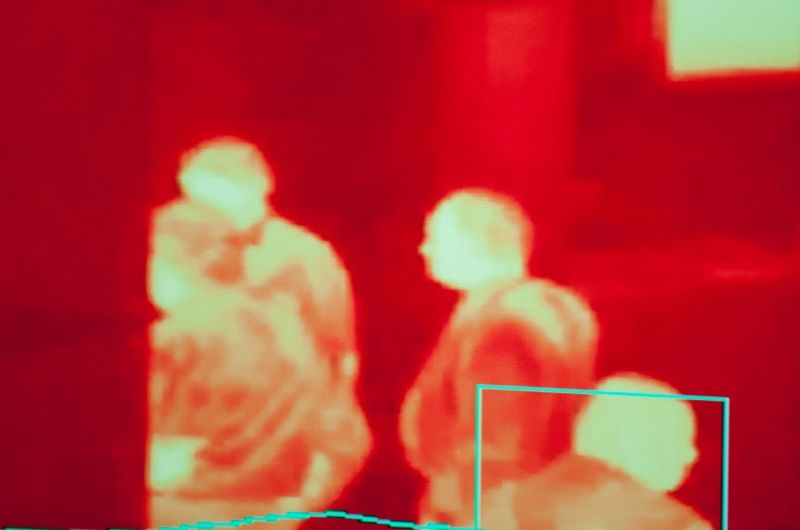
Thermal Cameras and Temperature Measurements
Some ghost hunters use thermal cameras to detect temperature differences or changes associated with ghost activities. They also measure the ambient temperature at various locations to identify possible anomalous temperature phenomena.
Motion Detectors and Trigger Objects
Ghost hunters often use motion detectors to capture unusual movements or activities. They also place trigger objects, such as toys or other items, hoping that ghosts might move or influence them.
Ghost Summoning or Channeling
Some ghost hunters practice ghost summoning or channeling to communicate directly with the supposed ghosts. They use techniques like Ouija boards, tarot cards, or mediumship to establish a connection and receive information or messages from the ghosts.

Cognitive and Social Factors Influencing Ghost Perception
Expectation and Suggestion
Expectation and suggestion play a crucial role in the perception of ghosts.
A study by Wiseman et al. (2003) showed that participants who believed they were going to experience paranormal phenomena were more likely to perceive ghost apparitions than those who did not expect this.
These results suggest that cognitive processes such as expectation and suggestion can influence the perception of ghosts.
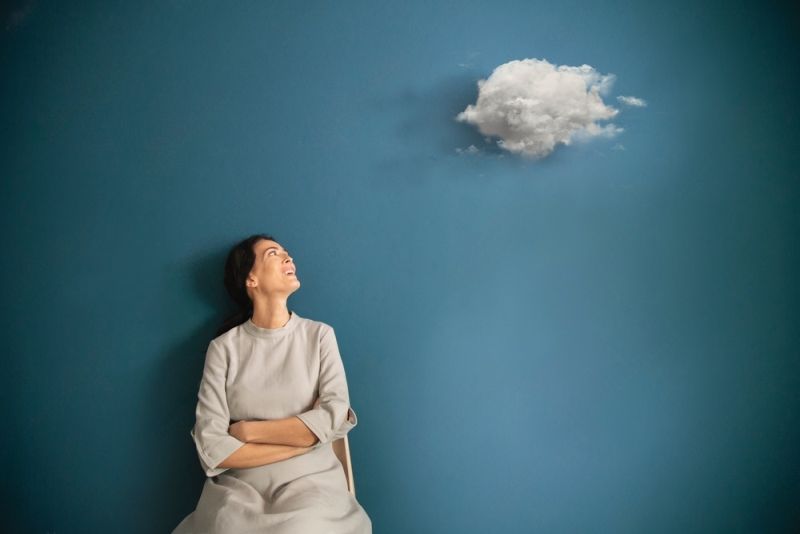
Pareidolia and Pattern Recognition
Pareidolia is a psychological phenomenon where the brain recognizes patterns or meanings in random data, such as seeing faces in clouds or on toasted bread.
This phenomenon can lead people to see ghosts where there are none. A study by Houran and Lange (2001) found that individuals susceptible to pareidolia were more likely to perceive ghosts.
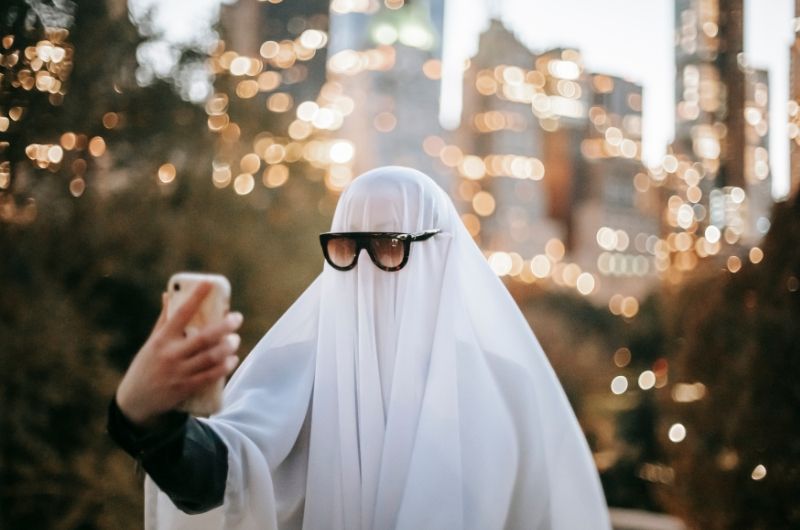
Fraud and Deception in Paranormal Activities
Fraud and deception are common issues associated with paranormal activities and ghost sightings. There are individuals who deliberately provide false information or fabricate paranormal phenomena to gain financial profit, attention, or for other reasons.
Here are some examples of fraud and deception in paranormal activities:
Cold Readings
Cold readings are techniques where a person pretends to have supernatural abilities and reveals information about individuals or events. However, this information is obtained through observations, clever questioning, and other cues, rather than through actual paranormal perception.
Trick Photography
In some cases, photos or videos are manipulated to portray apparent ghost sightings. This can be achieved through digital editing or the use of props and effects.
Hidden Mechanisms
In some apparent ghost phenomena, hidden mechanisms or techniques are used to create effects. These could be invisible threads moving objects, or unseen projectors creating apparitions.
Mentalism and Magic
Magicians and mentalists can use techniques to demonstrate seemingly supernatural abilities. This can include reading minds, predicting events, or creating paranormal effects. However, these are skilled illusions, not actual paranormal powers.
Collaboration among Fraudsters
In some cases, multiple individuals work together to fake ghost sightings. They can support each other to make reports of paranormal activities appear more credible.
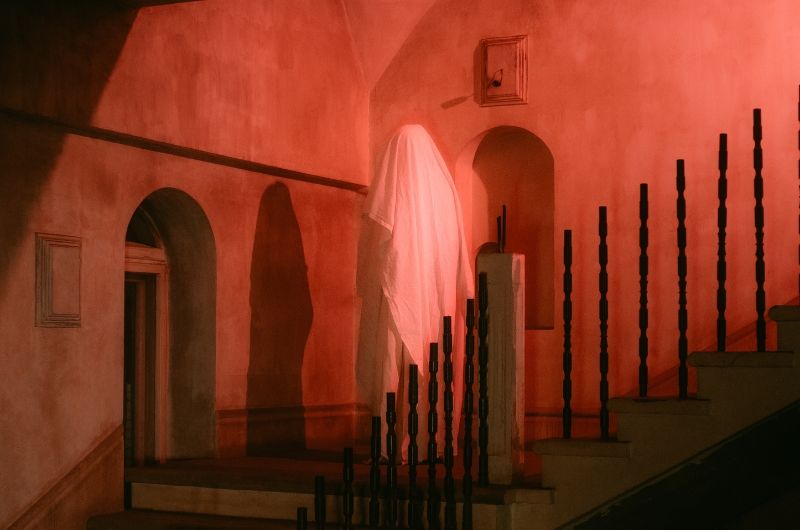
What are the arguments for the existence of ghosts?
The question of the existence of ghosts is a subject of long-standing debates and personal beliefs.
Here are some arguments people use to support the existence of ghosts:
Reports of Ghostly Encounters
There are numerous reports from people who claim to have seen, heard, or otherwise sensed ghosts. These personal experiences are cited as proof of the existence of ghosts.
Historical and Cultural Traditions
Belief in ghosts is deeply rooted in the history and cultures of many societies. Over generations, people have passed down stories, legends, and traditions about ghosts, which is considered as evidence of their existence.
Paranormal Phenomena
Some people claim to have encountered paranormal phenomena that they associate with the presence of ghosts. These include unexplained noises, moving objects, temperature changes, or other unusual events.
Mediums and Channeling
There are people who claim to be able to communicate with ghosts and receive information from them as mediums or channelers. For some, these experiences are proof of the existence of a spiritual world.
Near-Death Experiences
Some people report having near-death experiences in which they had out-of-body experiences or perceived ghostly entities. These experiences are considered as an indication that there may be existence after death, in which ghosts could exist.
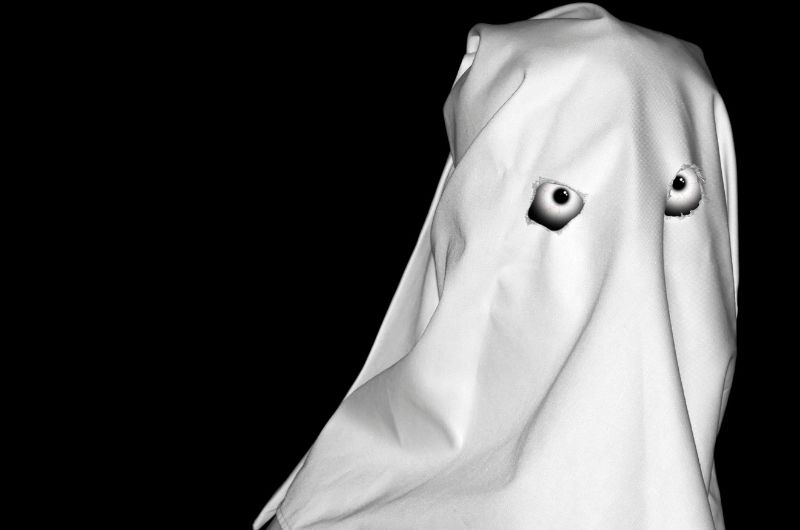
What are the arguments against the existence of ghosts?
There are also arguments against the existence of ghosts, which come from skeptical and scientifically oriented approaches.
Here are some of these arguments:
Misinterpretations and Misapprehensions
Many alleged ghost sightings can be traced back to misinterpretations or misapprehensions. Our brain is prone to optical illusions, acoustic illusions, and the tendency to recognize patterns in random information, which can lead to false conclusions.
Natural and Psychological Explanations
Phenomena that are interpreted as paranormal can often be explained by natural or psychological factors. Feelings of coldness can be due to drafts or temperature variations, noises can be caused by physical phenomena such as the creaking of buildings, and visual apparitions can be due to optical effects or light reflections.
Lack of Verifiable Evidence
Despite numerous reports of ghost sightings, there is still no scientific evidence that proves their existence. No reproducible experiments or observations have so far provided clear evidence of the existence of ghosts.
Fraud and Deception
As already mentioned, there are cases of fraud and deception related to ghost sightings. People can consciously or unconsciously manipulate information or make false claims to gain attention or pursue personal goals.
Lack of Consistent Evidence
Despite centuries of reports of ghost sightings, there is no consistent and universally accepted body of evidence. There are no repeatable studies or research findings that suggest that ghosts are real.
The scientific community therefore considers the existence of ghosts as speculative and unconfirmed. It is argued that alternative explanations for supposed ghost phenomena are more likely and that further objective, careful, and reproducible research is needed to better understand the nature of such experiences.
Conclusion
The question of the existence of ghosts remains a controversial topic.
Many people report personal experiences and ghost sightings, which they view as evidence of their existence. The historical traditions and cultural beliefs associated with ghosts also support the idea of their existence.
While skeptical approaches propose alternative explanations such as misperceptions or fraud, belief in ghosts remains firmly rooted.
Although there is currently no clear scientific evidence, belief in ghosts remains an individual decision, based on personal experiences and evaluation of available information.
Ghost Stories, Haunted Houses, and Unexplained Phenomena
Explore the mysterious world of ghosts, ghost hunters, ghost ships, and all things supernatural.
Are you ready to open the doors to the unseen world? Join us on this thrilling adventure as we uncover the hidden secrets lurking beyond the veil of the ordinary

